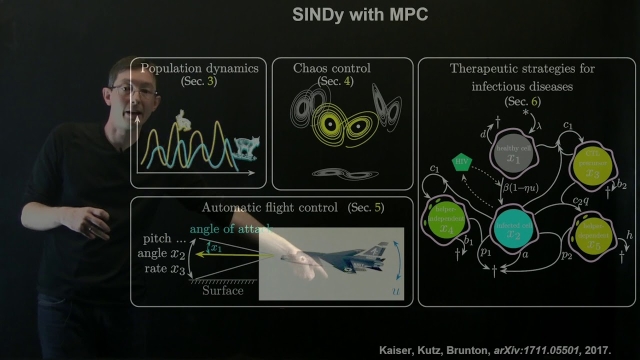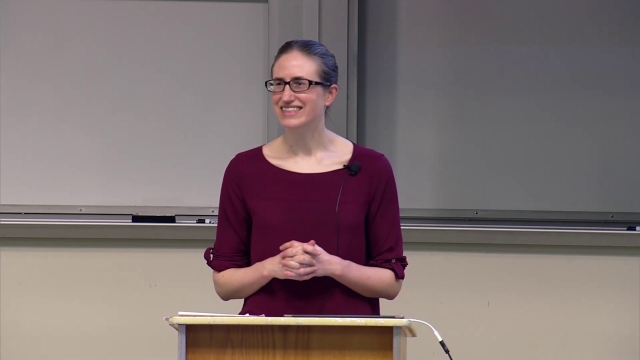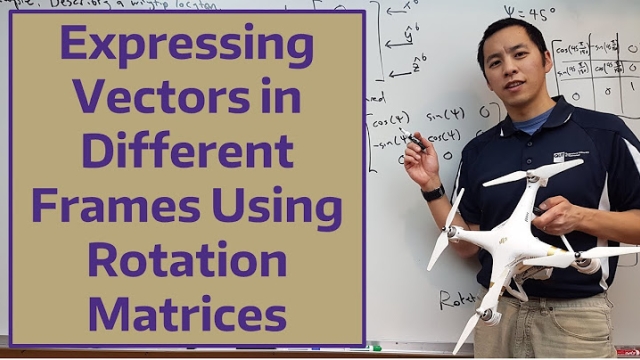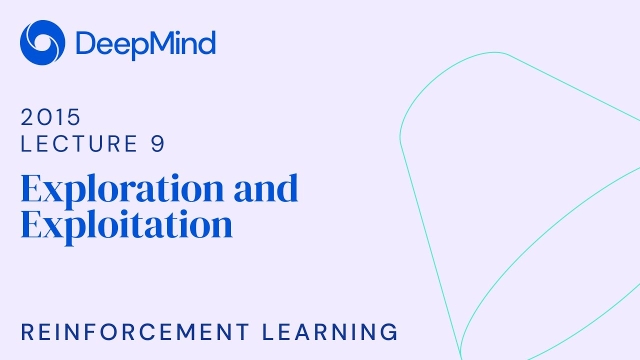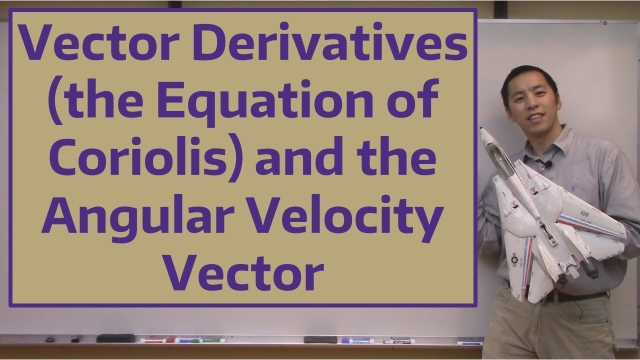
Data-Driven Control: Observer Kalman Filter Identification
In this lecture, we introduce the observer Kalman filter identification (OKID) algorithm. OKID takes natural input--output data from a system and estimates the impulse response, for later...
See MoreKoopman Spectral Analysis (Representations)
In this video, we explore how to obtain finite-dimensional representations of the Koopman operator from data, using regression.
See MoreSVD: Eigenfaces 4 [Matlab]
This video describes how the singular value decomposition (SVD) can be used to efficiently represent human faces, in the so-called "eigenfaces" (Matlab code, part 4).
See MoreIdentifying Dominant Balance Physics from Data - Jared Callaham
This video illustrates a new algorithm to identify local dominant physical balance relations from multiscale spatiotemporal data.
See MoreStanford CS234: Reinforcement Learning | Winter 2019 | Lecture 16 - Monte Ca...
Professor Emma Brunskill
Assistant Professor, Computer Science
Stanford AI for Human Impact Lab
Stanford Artificial Intelligence Lab
Statistical Machine Learning Group
A Nonlinear, 6 DOF Dynamic Model of an Aircraft: the Research Civil Aircraft...
In this video we develop a dynamic model of an aircraft by describing forces and moments generated by aerodynamic, propulsion, and gravity that act on the aircraft. This video outlines the...
See MoreData-Driven Control: Balanced Truncation Example
In this lecture, we explore the balanced truncation procedure on an example in Matlab. In particular, we demonstrate the ability of a balancing transformation to make the controllability...
See MoreDiscrete-Time Dynamical Systems
This video shows how discrete-time dynamical systems may be induced from continuous-time systems.
See MoreSingular Value Decomposition (SVD): Mathematical Overview
This video presents a mathematical overview of the singular value decomposition (SVD).
See MoreUnitary Transformations and the SVD [Python]
This video describes how the singular value decomposition (SVD) is related to unitary transformations, with Python code.
See MoreStanford CS234: Reinforcement Learning | Winter 2019 | Lecture 3 - Model-Fr...
Professor Emma Brunskill
Assistant Professor, Computer Science
Stanford AI for Human Impact Lab
Stanford Artificial Intelligence Lab
Statistical Machine Learning Group
RL Course by David Silver - Lecture 4: Model-Free Prediction
An introduction to Monte-Carlo Learning and Temporal Difference Learning
See MoreComputing Euler Angles: Tracking Attitude Using Quaternions
In this video we continue our discussion on how to track the attitude of a body in space using quaternions. The quaternion method is similar to the Euler Kinematical Equations and Poisson...
See MoreData-Driven Control: Change of Variables in Control Systems (Correction)
This video corrects a typo in the previous lecture.
See MoreComplex Fourier Series
This video will describe how the Fourier Series can be written efficiently in complex variables.
See MoreSVD: Eigenfaces 1 [Matlab]
This video describes how the singular value decomposition (SVD) can be used to efficiently represent human faces, in the so-called "eigenfaces" (Matlab code, part 1).
See MoreSparse Identification of Nonlinear Dynamics for Model Predictive Control
This lecture shows how to use sparse identification of nonlinear dynamics with control (SINDYc) with model predictive control to control nonlinear systems purely from data.
See MoreStanford CS234: Reinforcement Learning | Winter 2019 | Lecture 13 - Fast Rei...
Professor Emma Brunskill
Assistant Professor, Computer Science
Stanford AI for Human Impact Lab
Stanford Artificial Intelligence Lab
Statistical Machine Learning Group
Expressing Vectors in Different Frames Using Rotation Matrices
In this video we develop notation to express a vector in different reference/coordinate frames. We then investigate how to use rotation matrices to translate from a vector expressed in one...
See MoreRL Course by David Silver - Lecture 9: Exploration and Exploitation
An overview of multi-armed bandits, contextual bandits and Markov Decision Processes.
See MoreVector Derivatives (the Equation of Coriolis) and the Angular Velocity Vecto...
In this video we develop the Equation of Coriolis which describes how a vector in a rotating reference frame changes from the perspective of an observer in a non-rotating reference frame. We...
See More
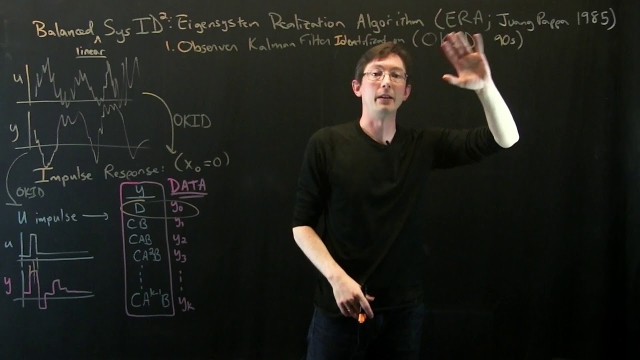
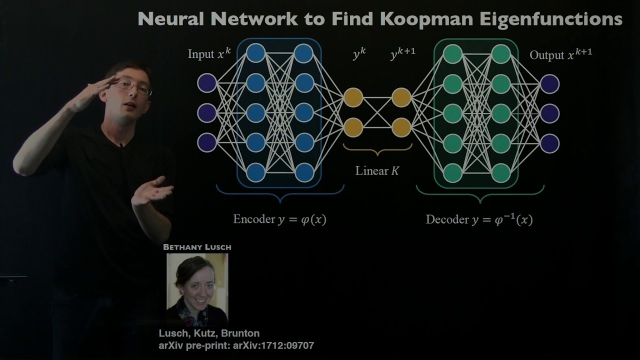
![SVD: Eigenfaces 4 [Matlab]](/sites/default/files/styles/search_resulkts/public/2020-12/maxresdefault_418.jpg?itok=dWTN1neh)
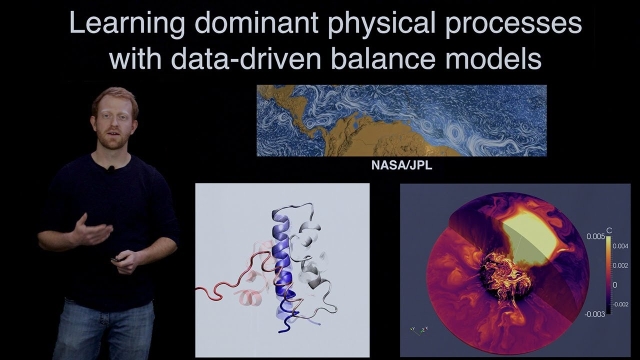

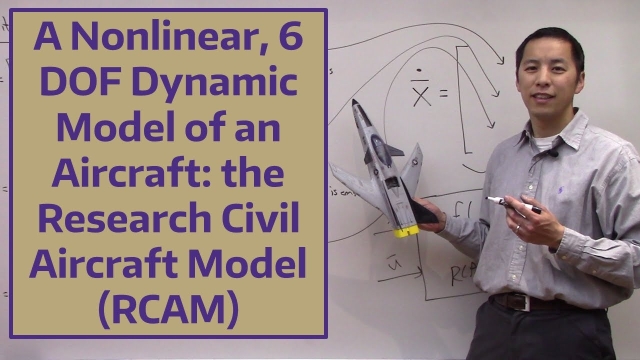
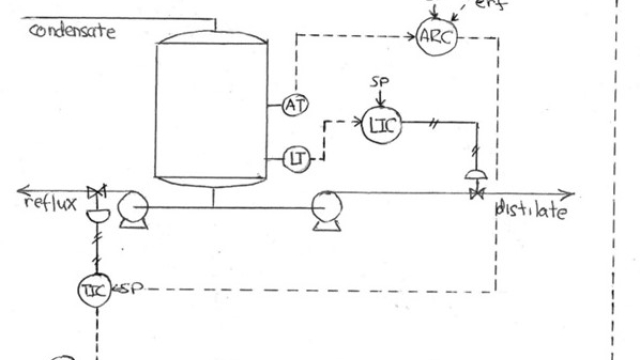

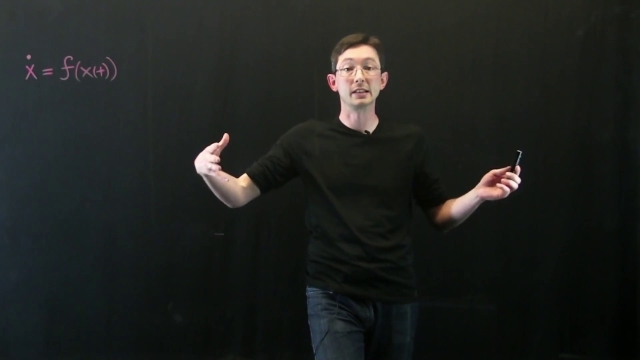
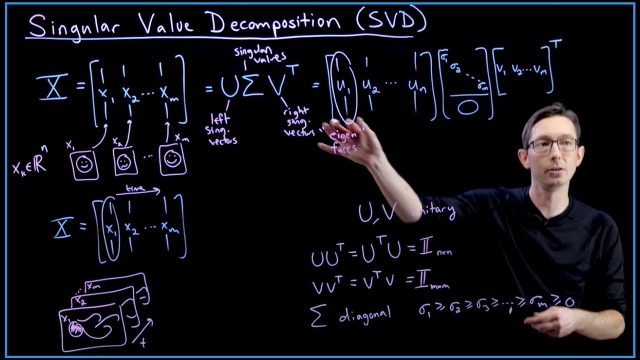
![Unitary Transformations and the SVD [Python]](/sites/default/files/styles/search_resulkts/public/2020-12/maxresdefault_428.jpg?itok=YznjC6fr)
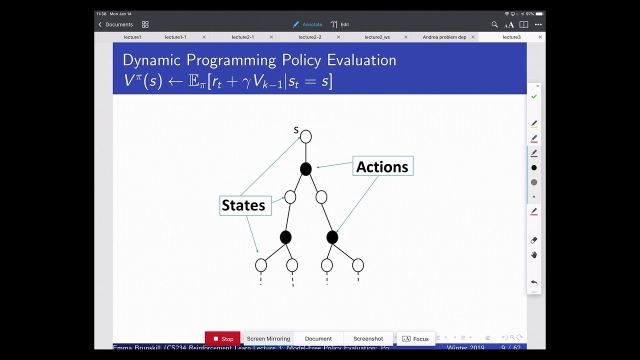
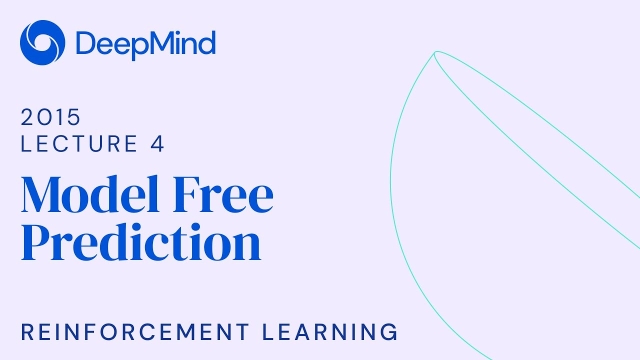

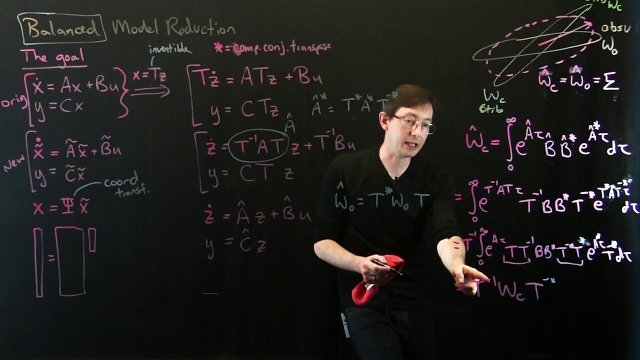
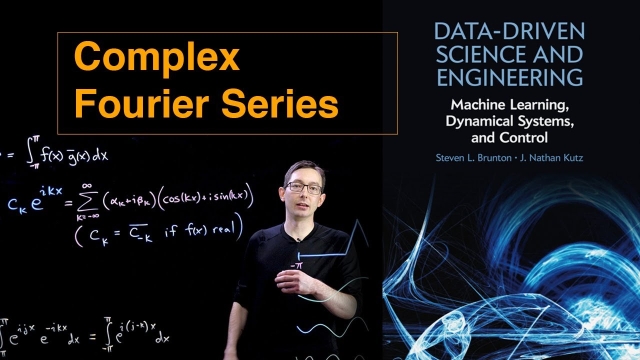
![SVD: Eigenfaces 1 [Matlab]](/sites/default/files/styles/search_resulkts/public/2020-12/maxresdefault_412.jpg?itok=X4iw3jz2)
